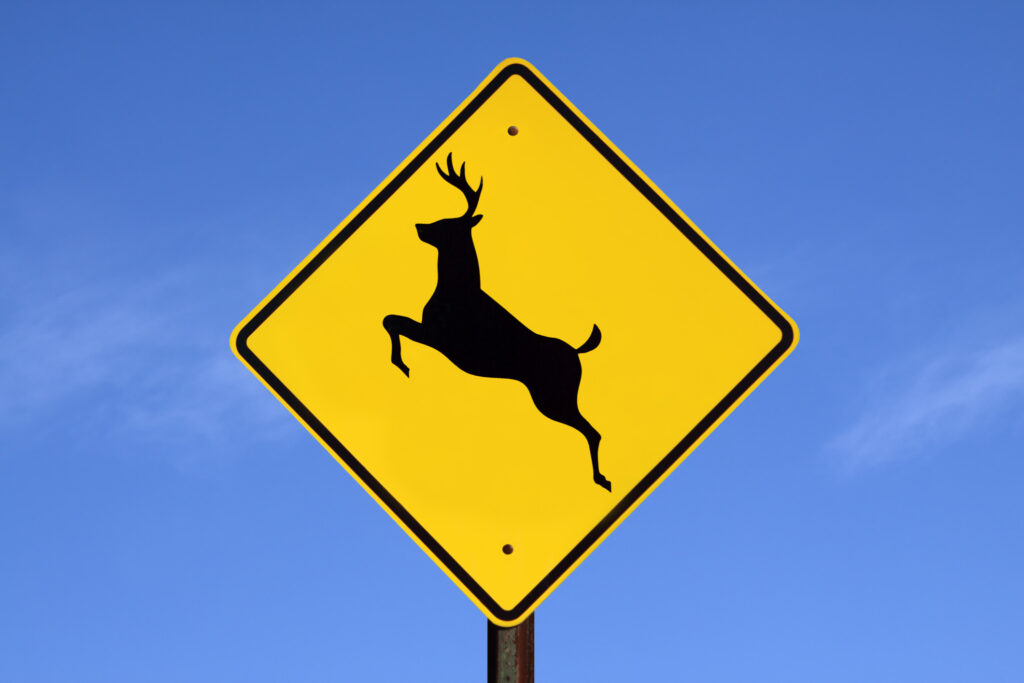5 tips to avoid wildlife collisions
Truck drivers have a good reason to be wary where the wild things are. The Ontario Ministry of Transportation (MTO) says there are about 12,000 wildlife-related collisions per year, causing more than 400 injuries on top of any vehicle damage.
Seventy-nine percent of such collisions also occur on the province’s rural, two-lane roads. While they happen year-round, the numbers also tend to be highest in the fall – during mating and migration seasons – and in the spring when animals are drawn to the road salt in ditches.
Here are five tips from the Ontario Provincial Police and MTO to protect yourself.

1. Watch for the warning signs
Yellow wildlife warning signs identify areas known for heavy levels of wildlife, highlighting the need to be especially vigilant and watch vehicle speeds. Just keep in mind that animals can still appear anywhere, so it’s equally important to be mindful when driving through any rural areas.
2. Take your eyes (partly) off the road
Wildlife won’t heed lane markings, so truck drivers also need to watch for any signs of movement in the surrounding vegetation. One advantage is that animals come with their own conspicuity markings. Animal eyes include a layer known as tapetum lucidum, which reflects light sources such as truck headlights. Keep the high beams on wherever possible to maximize the view.
3. Expect activity where barriers end
No fence continues forever. Every time a barrier comes to an end, an animal can see a potential path to the other side of the road. And keep in mind that animals like deer will travel in herds. Just because you’ve seen one doesn’t mean you’ve seen them all.
4. Don’t swerve
A sudden swerve could sacrifice vehicle control, sending a truck into oncoming traffic. If an animal is on the roadway, brake firmly but maintain control, and aim the truck toward a large animal’s rear flank. Easing up on the brake pedal just before any wildlife strike will also raise the front of the truck, ensuring the bumper absorbs more of the impact. And never assume the animals will move out of the way. They’re unpredictable.
5. Slow down
The slower you travel, the more time you will have to react to any wildlife. Even if sudden braking avoids an animal strike, the drivers in vehicles behind you may not be prepared for the sudden stop.
Have your say
This is a moderated forum. Comments will no longer be published unless they are accompanied by a first and last name and a verifiable email address. (Today's Trucking will not publish or share the email address.) Profane language and content deemed to be libelous, racist, or threatening in nature will not be published under any circumstances.